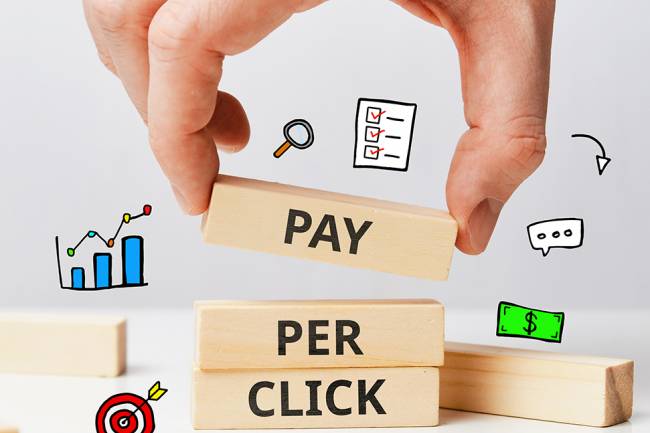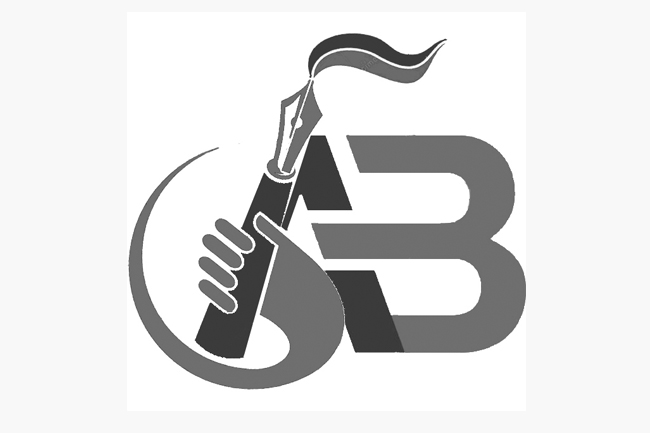
The Hidden Costs of DIY eBook Formatting (and Why Professionals Do It Better)
You’ve written an amazing eBook, spent countless hours perfecting your content, and now you’re ready to publish. But before you hit that “Submit” button, one crucial step is formatting.
Many authors, especially self-publishers, attempt to format their eBooks themselves, thinking it will save time and money. But what they often don’t realize is that poor formatting can ruin the reading experience, lead to bad reviews, and ultimately hurt sales.
In this blog, we’ll explore the hidden costs of DIY eBook formatting, the common mistakes authors make, and why outsourcing to professionals is the smarter investment for a flawless eBook.
Why DIY eBook Formatting Seems Like a Good Idea (But Isn’t)
Think formatting an eBook is as simple as adjusting fonts and spacing in Word? With so many free tools available, it’s easy to believe you can do it yourself and save money.
But here’s the reality—what looks good on your screen may fall apart on an actual eReader. DIY formatting often leads to technical errors, platform rejections, and a poor reader experience. Instead of saving money, authors end up fixing mistakes, delaying their book launch, and losing potential sales.
The Hidden Costs of DIY eBook Formatting
1. Poor Formatting Leads to Bad Reviews & Lost Sales
One of the biggest risks of DIY eBook formatting is a poor reading experience, which results in negative reviews and low ratings. Readers expect an eBook to be easy to navigate, visually appealing, and free of technical issues.
A badly formatted eBook can have:
● Inconsistent fonts and spacing make it difficult to read.
● Broken line breaks and paragraph alignment issues, ruining text flow.
● Images that don’t resize properly, making them unreadable on different devices.
● Non-clickable Table of Contents (TOC), frustrating readers trying to navigate.
When readers struggle with formatting issues, they won’t finish the book, won’t recommend it, and will likely leave a negative review. Bad reviews not only damage an author’s reputation but also decrease book sales significantly.
2. Wasted Time Fixing Formatting Errors
What many authors don’t realize is that eBook formatting isn’t universal. Each publishing platform—Amazon KDP, Apple Books, Kobo, and Google Play Books—has different formatting requirements.
DIY formatting often results in:
● Submission rejections from publishing platforms due to incorrect formatting.
● Spending hours troubleshooting errors instead of focusing on writing or marketing.
● Multiple rounds of reformatting to fix issues, delaying the book’s release.
Instead of saving money, authors end up wasting valuable time fixing formatting mistakes—time that could have been spent on marketing or writing their next book.
3. Refunds Due to Formatting Problems
Many eBook platforms, including Amazon Kindle, allow readers to request refunds if a book has formatting issues. If a reader finds text alignment errors, unreadable fonts, or missing images, they are likely to return the book.
High refund rates not only hurt sales revenue but also lower an author’s ranking on online marketplaces, making it harder to gain visibility.
4. Limited Compatibility Across Devices
DIY eBook formatting often fails to ensure compatibility across all reading devices, including:
● Kindle eReaders & Kindle apps
● Apple Books (iPads & iPhones)
● Android tablets & smartphones
● Kobo & Nook devices
Without proper formatting, an eBook may look fine on one device but appear misaligned, unreadable, or broken on another.
5. Repeated Publishing Delays
When an eBook is submitted with formatting errors, publishing platforms reject it or flag issues that need fixing. DIY authors then have to go back, reformat, and resubmit—often multiple times.
These delays push back the book’s release date, impacting pre-orders, marketing efforts, and early sales momentum.
Why Professional eBook Formatting Is the Smarter Investment
Instead of spending hours struggling with formatting issues, troubleshooting errors, and resubmitting rejected files, authors can outsource eBook formatting to professionals and get it done right the first time.
Here’s why outsourcing to an eBook formatting expert makes a difference:
Seamless Reading Experience: A well-formatted eBook enhances readability, ensuring that fonts, line spacing, and images display perfectly across all devices.
Compliance with Publishing Standards: Professionals format books according to Amazon KDP, Apple Books, Kobo, and Google Play’s strict guidelines, eliminating rejections.
Faster Publishing Time: The Professional eBook formatting service avoids errors and delays, ensuring a quick and smooth publishing process.
Higher Sales & Positive Reviews: A polished, professional eBook leaves a good impression on readers, increasing positive reviews, recommendations, and repeat sales.
More Time for Writing & Marketing: Instead of spending hours formatting, authors can focus on promoting their book and growing their audience.
Invest in Quality eBook Formatting Service to Save Time & Sell More Books
DIY eBook formatting might seem like a cost-saving choice, but the hidden costs—bad reviews, wasted time, formatting errors, and lost sales—quickly add up. A poorly formatted eBook damages an author’s credibility and hurts their book’s success.
By outsourcing to professional eBook formatting services, authors and publishers ensure a flawless reading experience, faster publishing, and better sales outcomes.
Want to avoid the hassle of DIY formatting and ensure your eBook looks perfect on all platforms? Partner with professional eBook formatting experts today!












